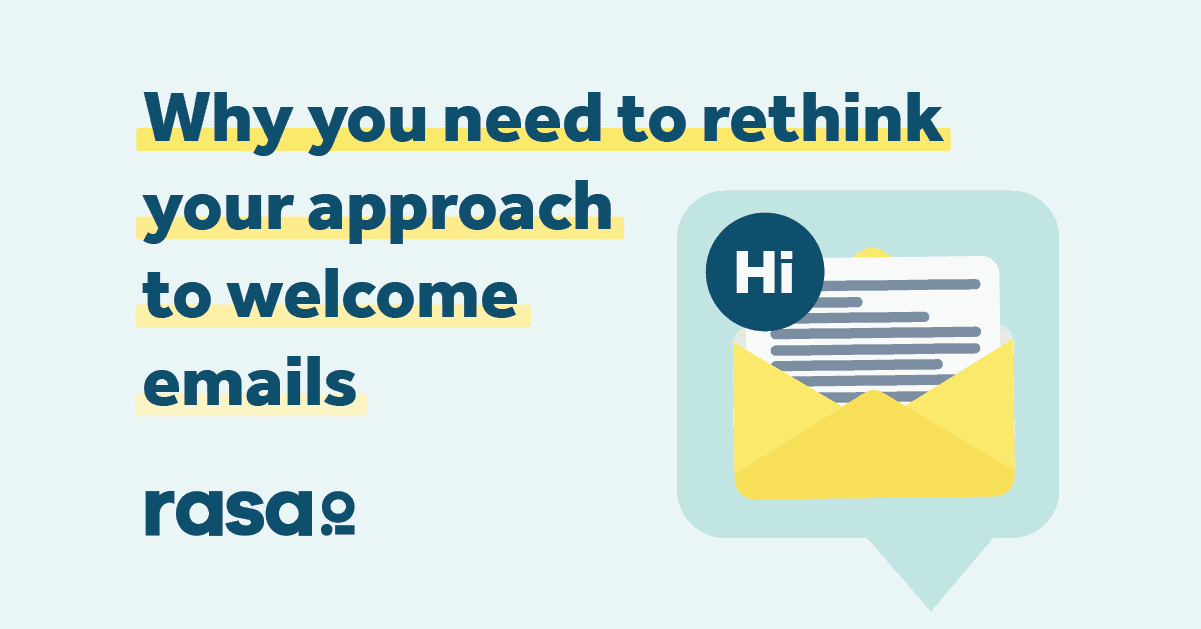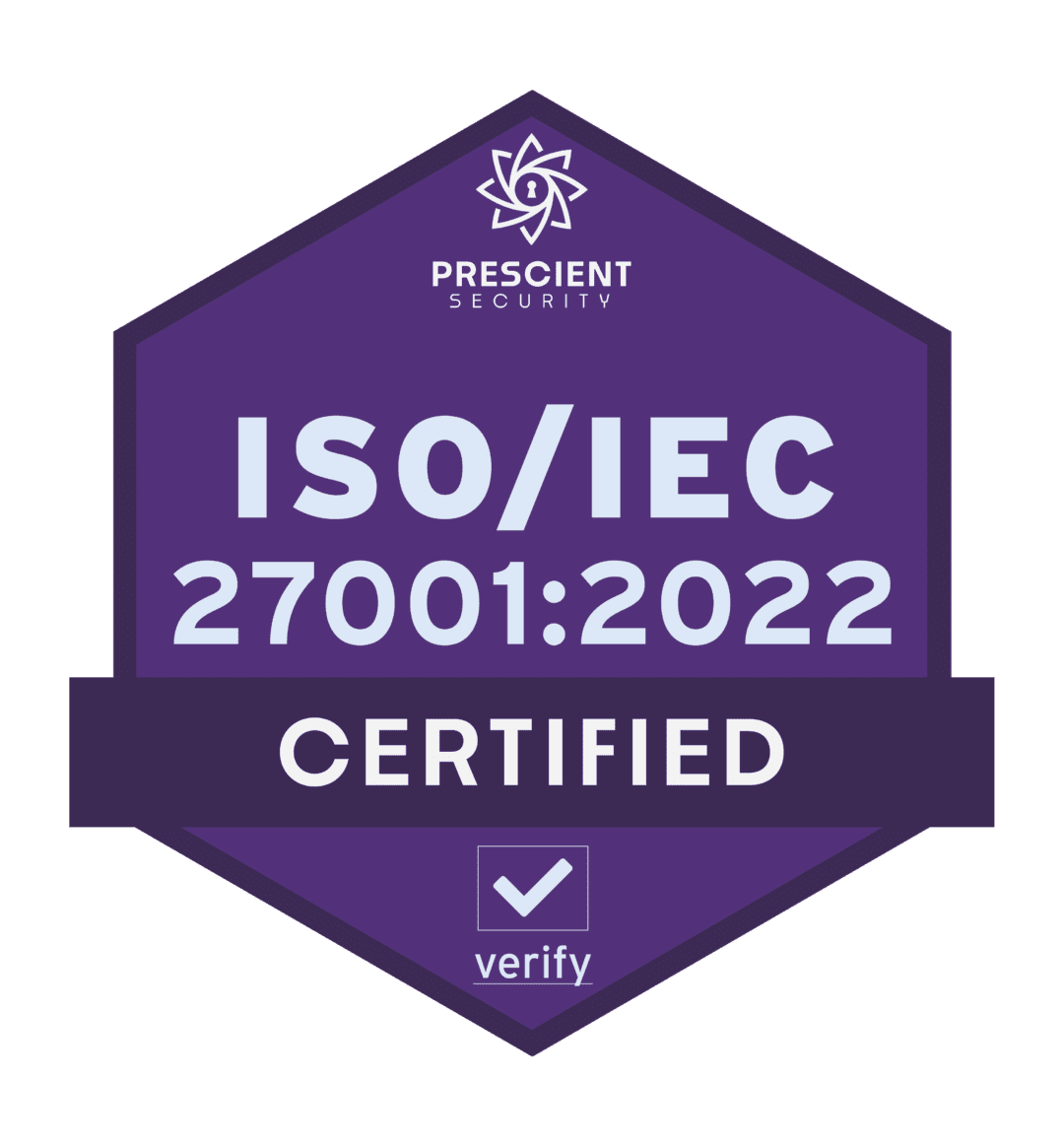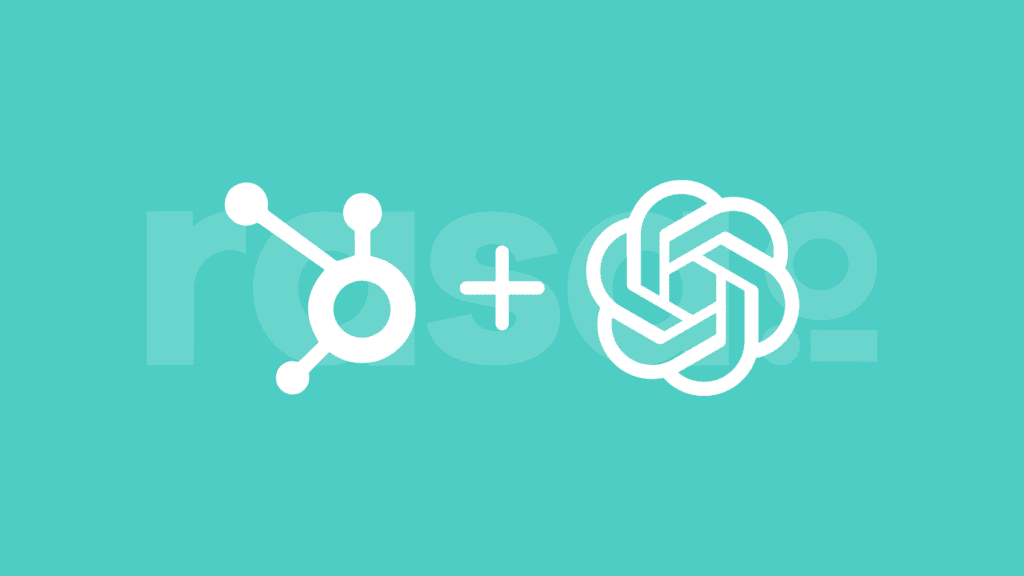Dan Oshinsky thought marketing the New Yorker was going to be a relatively straightforward gig when he joined its team in 2017. The magazine had close to a century of credibility and a national following. Its staff delivered a rich content mix, including original articles, podcasts and (a fan-favorite) crossword puzzles.
Oshinsky, who was previously director of newsletters for Buzzfeed, realized there was a problem once he started doing email outreach.
“Many readers weren’t even aware that we published original pieces on the web… We were amazed at how little readers knew about the work that we were doing,” Oshinsky said. “There was a lot of education [needed].”
Oshinsky, now an email consultant, encourages companies to explain what they do at every turn in the sales funnel, but especially after that key moment when a new audience member decides to hit the subscribe button.
“I’ve always been a believer in the power of onboarding,” he said.
Oshinsky shared tips for better email newsletters on a recent episode of rasa.io’s Pushing Send podcast. The first step? Create an onboarding series of emails dedicated to welcoming new subscribers. Your goal with the series should be to boost awareness about everything a company has to offer, Oshinksy said.
Here are Oshinky’s tips for effective email onboarding.
Establish trust.
The first step in the onboarding process is introducing yourself and your brand. Oshinsky recommends taking a close look at how you’re presenting your brand to new audience members. Ask: How are you introducing yourself now? How can you make your introduction better?
“If somebody signs up your email list and you’re not welcoming them—you’re not introducing them to your voices, your expertise, the way you can serve them—you’re missing an opportunity to win over that reader and convert them into a paying customer,” he said.
Oshinksy noted many news media organizations blaze right past the introduction and launch immediately into sales mode, often offering special new subscriber rates, for example, 12 weeks for $12 or $1 for the next month.
Effective onboarding isn’t about offering someone a good sign up deal. It’s about establishing trust.
That has to happen “before you get to that point where you’re asking somebody for their support,” Oshinksy added.
“How do you start the conversation? How do you make sure that a reader knows how you can be useful for them?” Oshinsky said.
Test your assumptions.
Oshinsky points again to his time at the New Yorker. There Oshinsky found an audience he described as “literate” and “smart.” They certainly knew plenty about the magazine that first published in 1925. Or at least that’s what the publication’s leaders thought.
“We kind of came into the assumption… that readers knew a lot about us, that they understood our business,” he said.
However, once they started testing that assumption, they discovered something big. Their audience was familiar with the New Yorker’s history, but they had low awareness of the newer digital side of the business, which included original podcasts and web-only articles, and online crossword puzzles.
“It was brand new information to them,” Oshinsky said.
He and his team changed their approach. Instead of leveraging their email newsletters to offer subscription deals, they focused on a sending series of intro emails that pointed new audience members to the wide range of content the New Yorker had to offer.
Be specific.
A lot of companies already send out a welcome email to new subscribers. The problem? They don’t go into details about what they do. It’s not surprsing that readers aren’t converting into long-term paying customers, Oshinksy said.
For Oshinsky, an effective onboarding email sequence should start by diving into the following questions:
- Who are you?
- What do you do?
- How do you support the community?
Treat every new audience member like they’re interacting with your brand for the first time.
Make sure that you’re sharing everything they should know about you.
The readers who don’t convert into customers are simply the one “who don’t know enough about the organization,” Oshinksy said.













